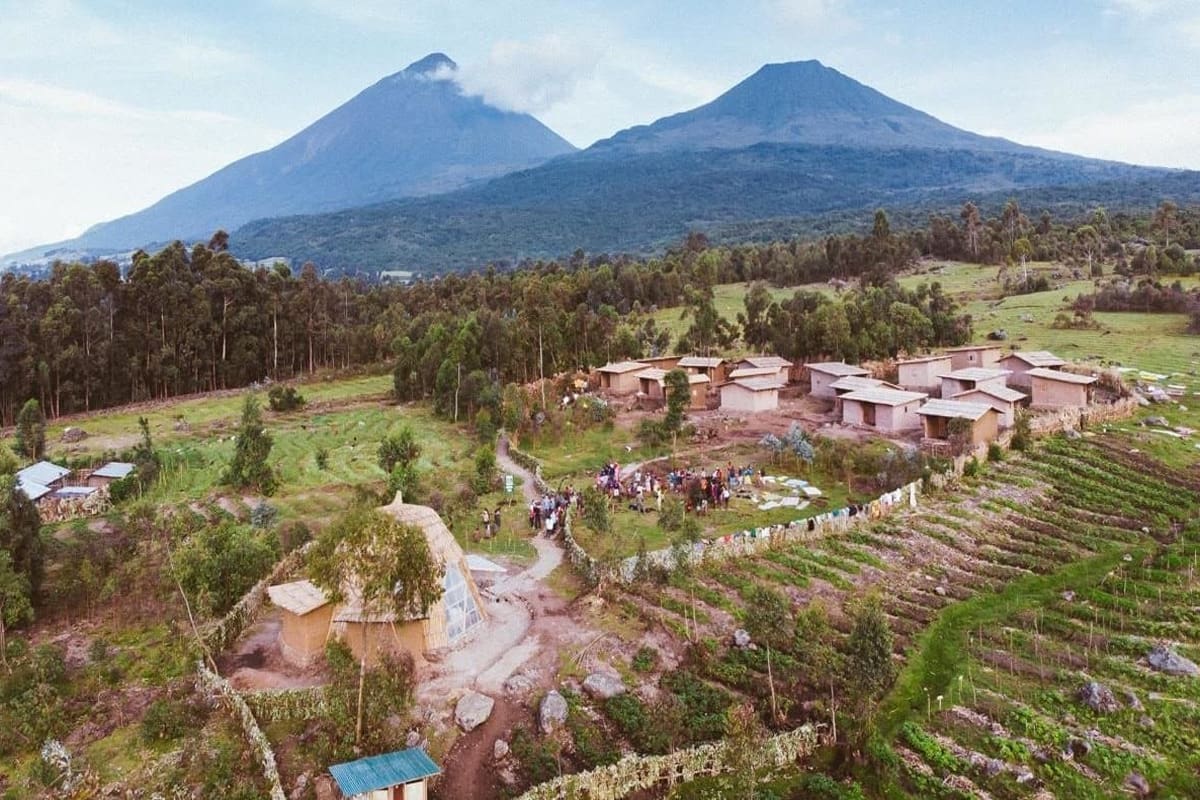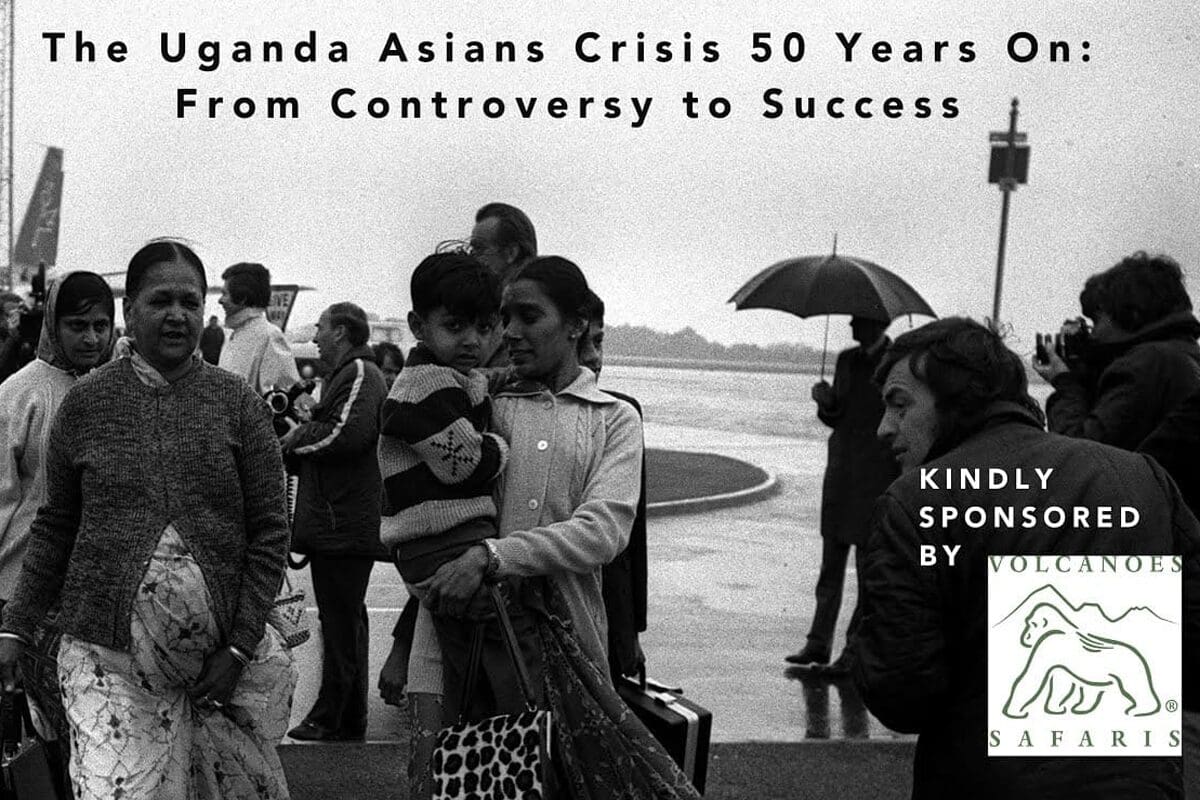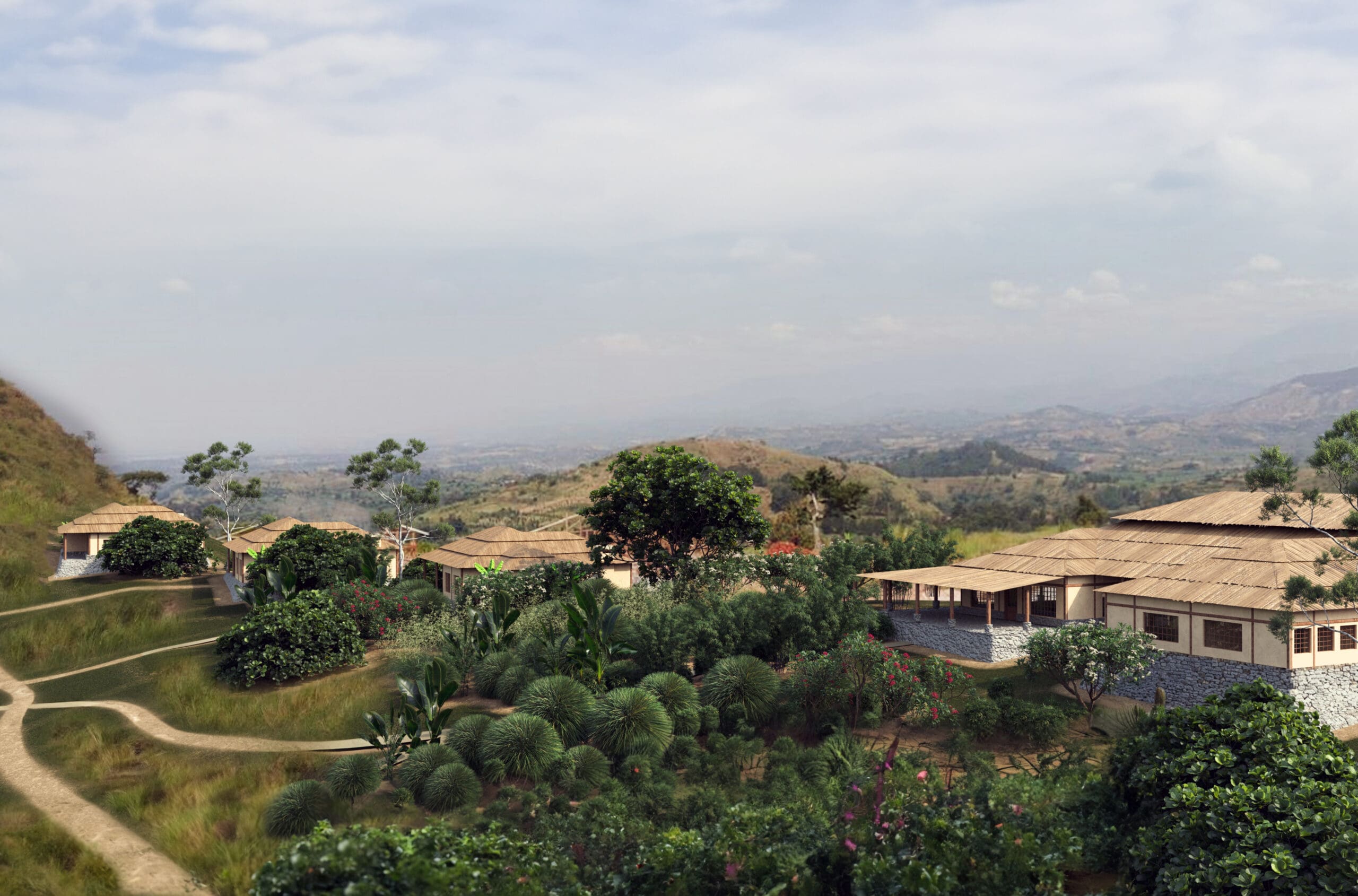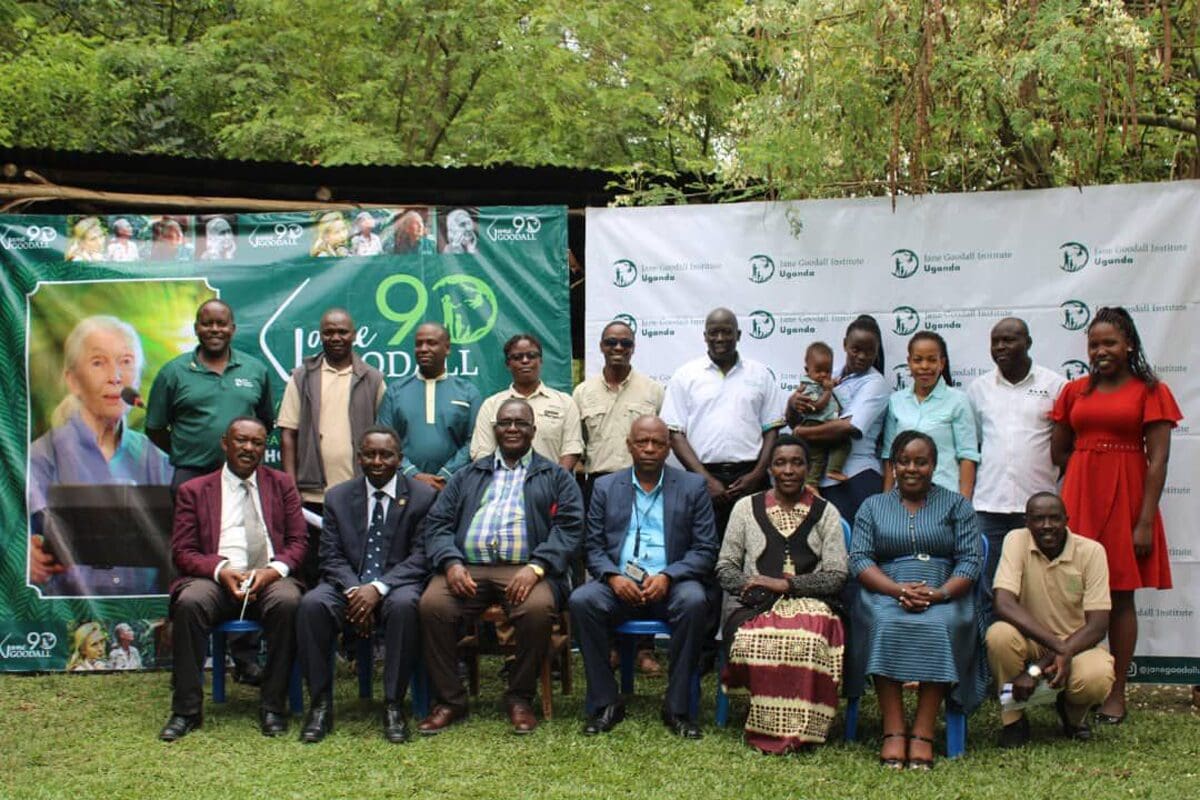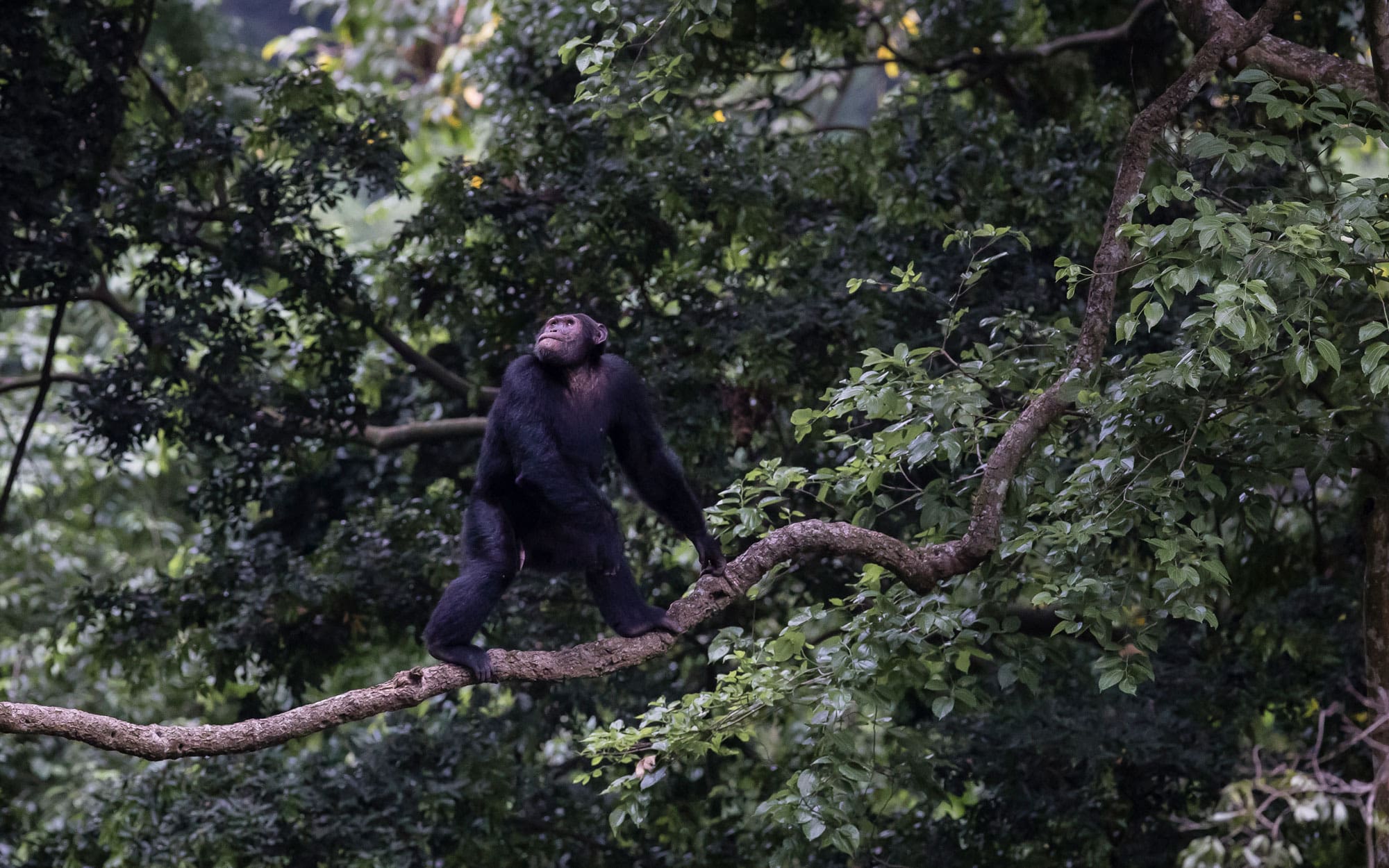Connect with us
Write to us on [email protected] or send us a message via the form on our contact page.
Rwanda: +250 (0) 252 502 452
Uganda: +256 (0) 414 346 464
You can also
chat to one of our sales consultants via our live chat
or by starting up a conversation on any of our social pages.
About
Main Menu
Resources
Main Menu
Main Menu
